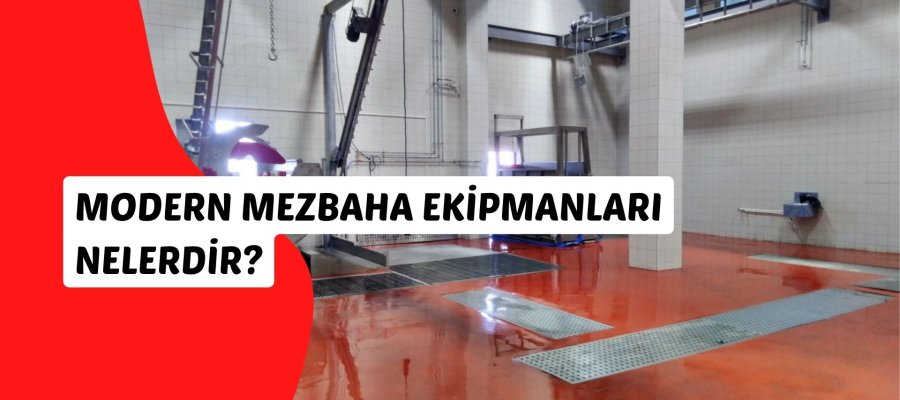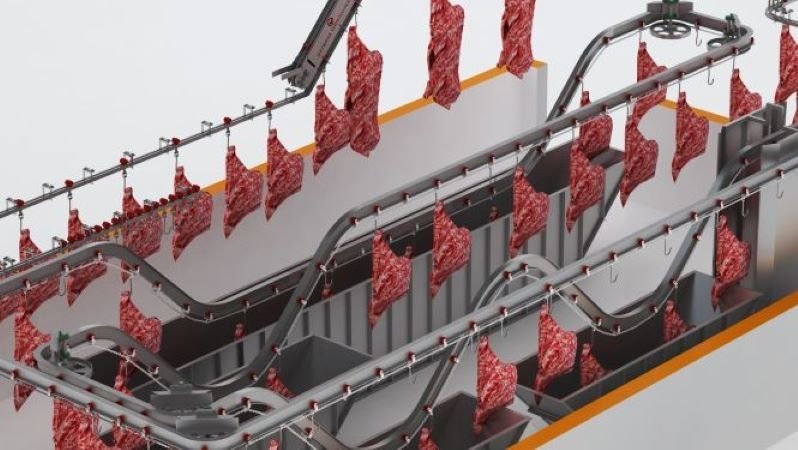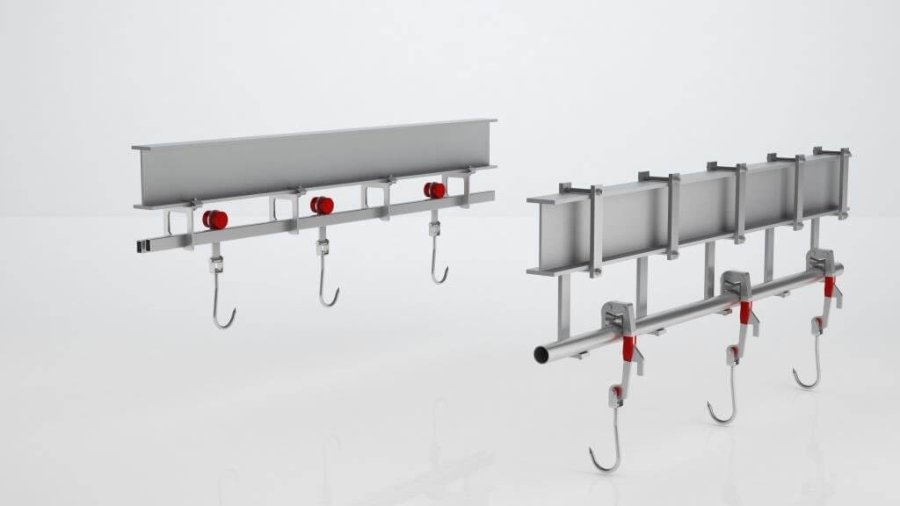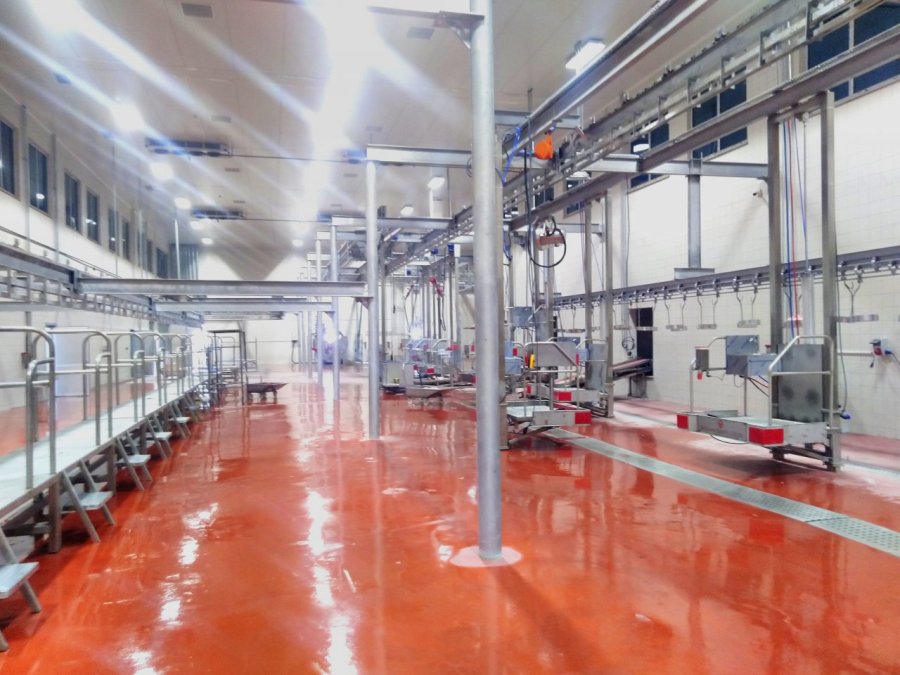
What Are Modern Slaughterhouse Equipment and How Do They Work?
Discover what modern slaughterhouse equipment is and how it works to enhance efficiency and safety in meat processing. Learn more today!
28 August, 10:08
The meat industry has undergone a dramatic transformation in the last few decades. Where traditional abattoirs once relied heavily on manual labor, modern slaughterhouse equipment now enables faster, safer, and more hygienic meat processing. But what exactly are these machines, and how do they work to meet today’s growing demand for efficiency, animal welfare, and food safety?
The Evolution of Slaughterhouse Technology
In the past, slaughtering and processing were mostly manual tasks, dependent on skilled but labor-intensive techniques. Workers relied on their expertise to ensure the humane treatment of animals and the quality of meat. However, as the demand for meat grew, the limitations of these traditional methods became apparent. Modern abattoirs, on the other hand, have evolved to integrate automation, robotics, and advanced hygiene systems into every stage of meat production. This evolution has been driven by the need for higher processing capacity to meet consumer demands, alongside stricter hygiene regulations worldwide that aim to ensure food safety. Additionally, there is a growing awareness of animal welfare, prompting the industry to adopt more humane practices.
The rising demand for traceability and food safety has further accelerated the adoption of technology in slaughterhouses, enabling producers to track products from farm to table. This transformation not only enhances efficiency but also aligns with contemporary consumer expectations for ethical and safe meat production.

Key Types of Modern Slaughterhouse Equipment
Stunning and Humane Handling Systems
One of the most critical aspects of modern slaughterhouses is ensuring humane animal treatment. To achieve this, facilities have increasingly adopted advanced technologies that prioritize the welfare of the animals. Stunning equipment, such as electrical stunners, plays a vital role in rendering animals unconscious prior to slaughter. This process minimizes pain and distress, aligning with ethical standards in food production. Additionally, controlled atmosphere stunning (CAS) systems have gained popularity as a more humane alternative.
These systems utilize gases to induce unconsciousness without physical trauma, further enhancing the humane handling of animals. Humane treatment, slaughterhouses not only fulfill ethical obligations but also improve the overall safety of the workplace. Moreover, reducing stress and suffering during the slaughter process contributes to higher-quality meat products, benefiting both consumers and producers alike.
Automated Bleeding and Carcass Processing Lines
Once stunned, animals enter automated bleeding systems. These machines ensure precise cutting to maximize yield and minimize contamination. By utilizing advanced technology, the risk of human error is significantly reduced, leading to a more efficient and hygienic process. After bleeding, carcasses are then moved along overhead conveyor systems for further processing. This innovative approach allows for a continuous flow of carcasses, ensuring that each stage of processing is completed in a timely manner.
Conveyor belts and hydraulic lifts transport carcasses seamlessly between workstations, reducing the need for manual lifting. This automation not only enhances productivity but also lowers worker injury risks, creating a safer working environment.

Skinning and Dehiding Machines
Removing hides and skins manually is labor-intensive and increases contamination risks in the processing of animal products. Traditional methods can be time-consuming and often lead to inconsistent results, making it essential to adopt more efficient technologies in the industry. Automated dehiding machines address these challenges by peeling off hides in a consistent, hygienic manner.
These machines streamline the dehiding process, ensuring that the quality of both the hide and the meat is preserved throughout. Utilizing hydraulic grippers and rollers, these machines pull the hide away in one motion, which not only enhances efficiency but also minimizes damage to both the meat and the hide.
Evisceration and Inspection Equipment
Evisceration—the removal of internal organs—is another stage where automation is transforming practices within the meat processing industry. The advent of modern evisceration machines has revolutionized this process, allowing for the precise removal of organs with minimal human intervention. This not only improves efficiency but also enhances the overall quality of meat products. Incorporating state-of-the-art inspection systems, these machines are equipped to identify potential health issues in animals before processing. Mechanical arms carefully separate organs while integrated optical sensors assist inspectors in checking for signs of disease or contamination.
This dual approach ensures that the meat produced meets stringent health and safety standards. The combination of automated evisceration and advanced inspection technology not only streamlines operations but also significantly reduces the risk of human error.
Carcass Splitting and Cutting Systems
In modern meat processing, carcass splitting and cutting systems have revolutionized the industry, enhancing both efficiency and precision. Instead of relying on manual saws, automated splitting saws divide carcasses into halves or quarters with incredible precision. This step is crucial for standardizing meat portions before further processing, ensuring consistency in product quality. The integration of technology has led to the use of high-powered band saws or circular saws that run along sophisticated conveyor systems. These advanced systems ensure clean cuts that meet stringent hygiene standards, minimizing contamination risks. The automation of these processes not only speeds up production but also reduces labor costs, making meat processing more efficient. The evolution of carcass splitting and cutting systems represents a significant advancement in the meat industry, driving innovation and profitability.

Refrigeration and Cold Chain Systems
Maintaining the right temperature is vital for food safety, especially in the meat processing industry. Without effective temperature control, the risk of spoilage and bacterial contamination increases significantly. To combat this, modern slaughterhouses employ advanced chilling tunnels and rapid cooling systems designed for optimal freshness preservation.
As carcasses move through the processing line, they pass through air-chilling or blast-chilling units. These technologies are specifically engineered to lower internal temperatures quickly, effectively minimizing bacterial growth and ensuring that the meat remains safe for consumption. The rapid cooling process not only enhances safety but also helps retain the quality and texture of the meat.
See also: slaughterhouse supplies